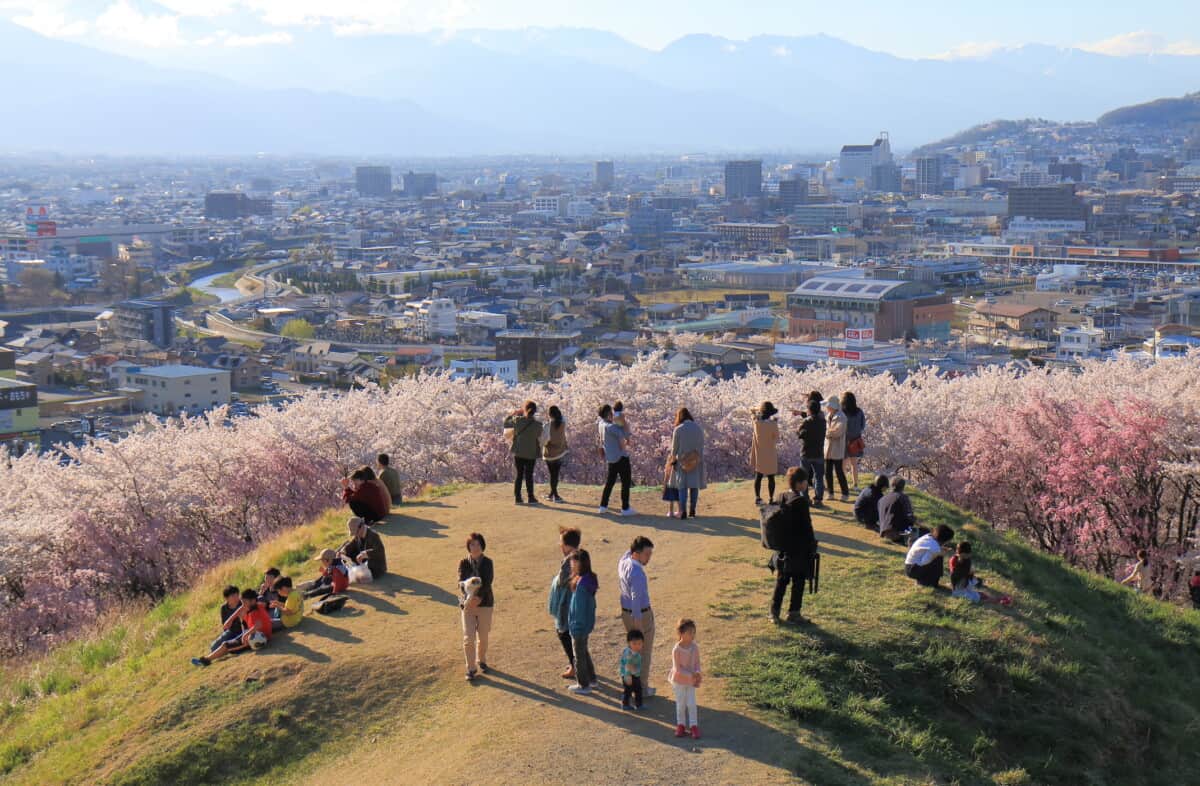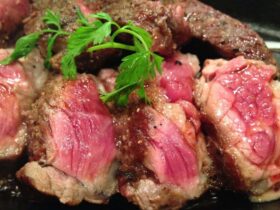Every prefecture in Japan offers something spectacular and unique to the other, making Japan one of the most intriguing countries to explore. Nanago City, the capital city of Nanago Prefecture, is a mixture of rich history and spiritual landmarks, as well as winter activities to participate in.
Visiting Nanago any time of the year offers many things to do, but it is an especially popular travel destination in winter when the ski resorts offer a relaxing environment and the opportunity to engage in some winter sports along a magnificent landscape.
Nagano City
Nanago City, in its inception, would have been considered a temple town, as the area was built to surround the Zenkoji temple.
There are many other religious and spiritual shrines and temples within the city, which is the biggest in the Nagano Prefecture.
Nagano City Location Via Google Maps
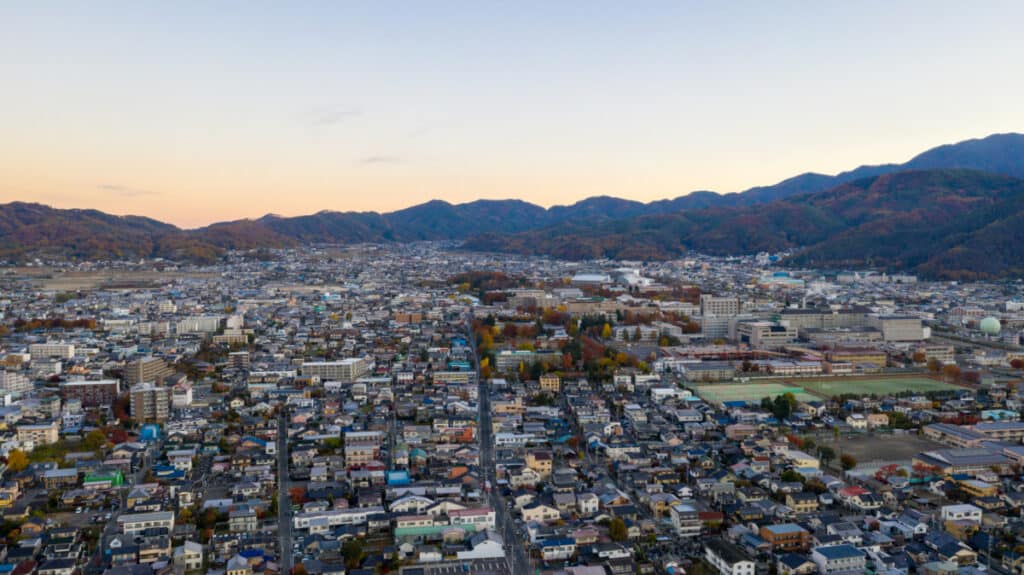
Nagano City Official Travel Guide
You get the city center of Nanago with many landmarks to explore, as well as restaurants and shopping to indulge in.
Travel a little bit outside the city center, and you are transported into beautiful mountains and gardens that add an oasis away from the busy city.
Winter Olympics
In 1998, Nagano was the site of the Winter Olympics, something the city is quite proud of. Many of the facilities that were erected in anticipation of the Olympics are still standing today.
This is one of the main draws of tourists who want to witness a unique piece of history within the city.
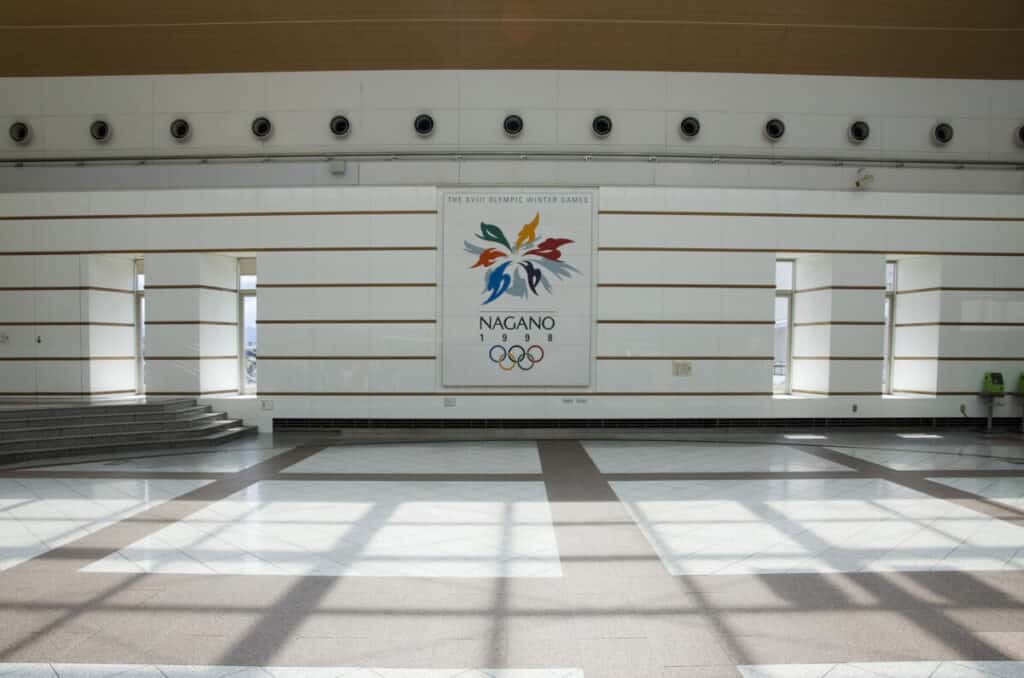
1998 Nagano Winter Olympics Official Website
There is the M-Wave Museum that chronicles the events held in Nagano for the Olympics. There is also the stadium where the ceremonies were held, and a monument where you can see the names of the medal winners inscribed.
Furthermore, there is the White Ring and Big Hat, two facilities that hosted some of the winter sports that were a part of the Winter Olympics.
The Zenkoji Temple
The Zenkoji Temple represents great significance not just to Nanago, but to Japan. The breathtaking temple was built in the 6th century, around the time that Buddhism was first brought to Japan.
Today, it still houses the very first Buddhist statue that came to Japan. You cannot view the original statue when you visit, but there is a replica that is shown on rare occaisions.
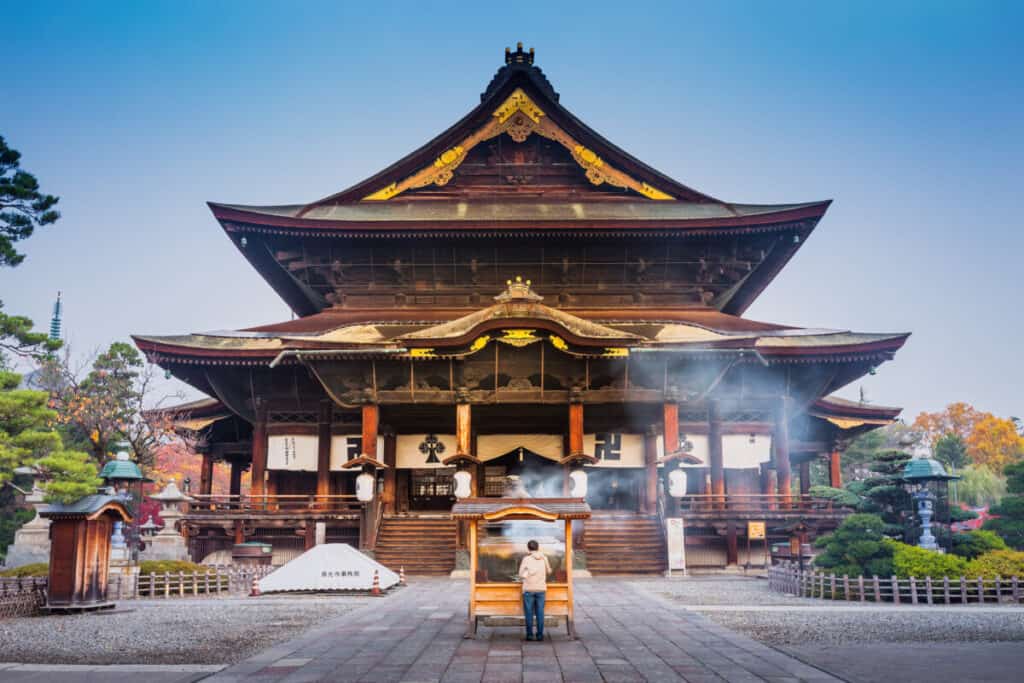
Zenkoji Temple Official Website
The main hall is the most modern element of the Zenkoji temple, being that it was rebuilt in the 1700s to restore the structure and add many beautiful ornaments and statues.
You do have to pay to enter the temple, where you can view the main altar or the underground passage known as the key to paradise.
The passage is known as such because there is a widely held belief in Japan that if someone is able to touch the key, which is hung on the wall by the corridor, they will be granted salvation.
Zenkoji History Museum
Right by the temple is the Zenkoji History Museum, where you can view several important Buddhist statues.
You are offered a unique opportunity to marvel at the intricately designed Buddhist and Bodhisattva statues. Among these statues are also displays of 100 Rakan, which is the name for the disciples of Buddha.
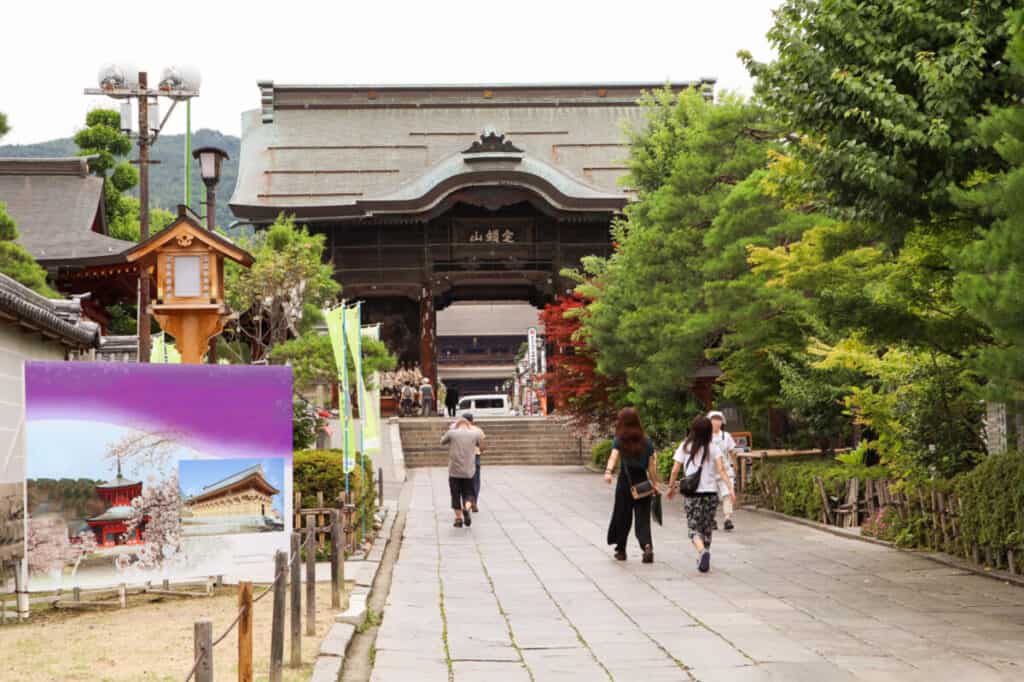
In this area of Zenkoji, there are ample opportunities to learn from Buddhist monks and engage in many sacred activities to the faith. They are very welcoming of people from all backgrounds and all religions.
Togakushi Shrine
There are three shrines that make up the Togakushi Shrine, which is nestled into the stunning mountain range of Nagano. There is a very important mythological significance to this area for Japan.
The story goes that the Sun Goddess hid away in the caves after her brother was cruel and his actions made the world dark.
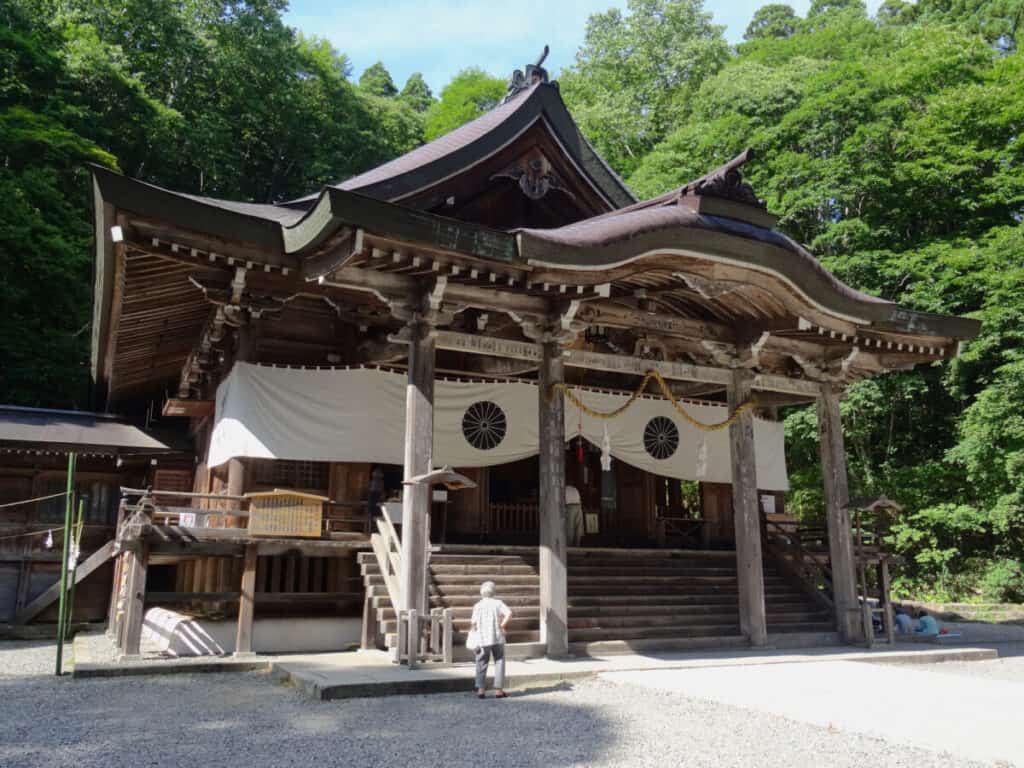
In order to entice the Sun Goddess out of hiding to restore light to the world, deities flocked to the cave and started performing dances.
When the Sun Goddess was finally lured out of the cave, one of the deities took the cave door and threw it away from the area so the Sun Goddess could no longer hide.
The door landed in the area where the Togakushi Shrine is now erected.
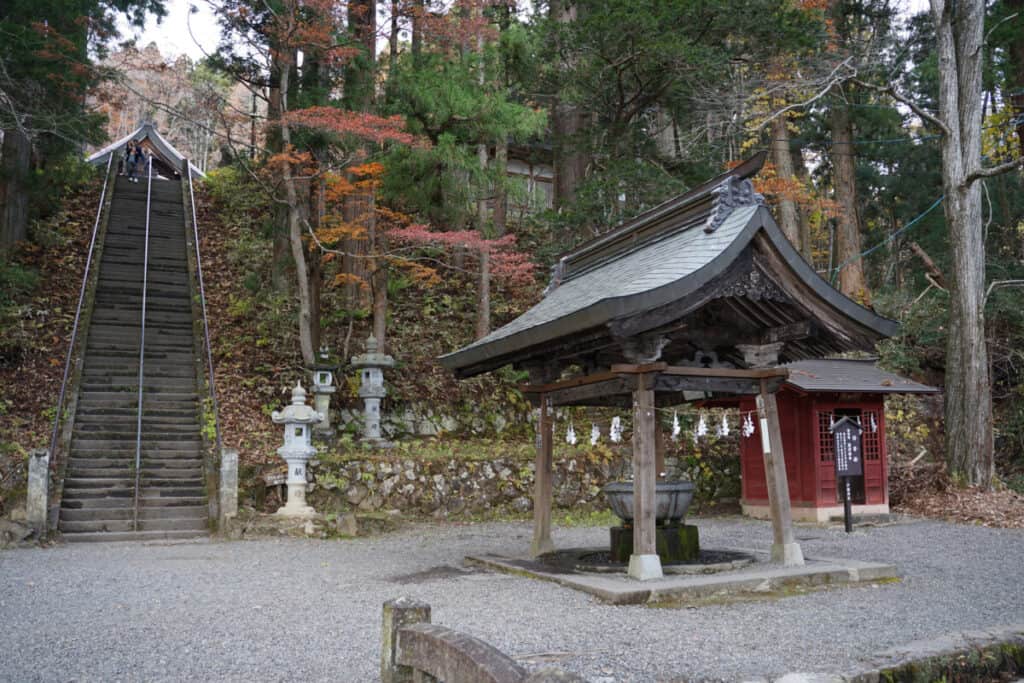
Togakushi Shrine Official Website
One of the shrines now honors that deity who threw the door, and one honors the deities that planned the ceremonial dances to get the Sun Goddess’ attention.
Traveling throughout the three shrines is quite the hike, so it’s recommended to wear comfortable shoes and plan to be there for a while so you can take in all of the spectacular features surrounding the shrines.
Shinano Art Museum
The Shinano Art Museum is home to many artistic creations, many of which have been created by people native to the city.
Shinano Art Museum Official Website
The specific art that is on display changes sometimes, and the overall displays typically follow some kind of theme.
Close by, you can also visit the Higashiyama Kaii Gallery. This gallery displays many beautiful pieces of art created by Higashiyama Kaii, who enjoyed encapsulating the beauty of Nanago’s nature-filled areas.
The specific pieces on display are changed around every season.
Kids Ninja Village
It’s believed that ninjas lived in the area of Nagano and in the surrounding area when they existed in Japan.
This Kid’s Ninja Village is a great place to explore, no matter your age, in order to learn more about these famous warriors. The village is also home to the Togakure Ninja school.
While ninjas aren’t as easy to come by in Japan as they used to be, they do still exist in a way.
While they might not be the type of ninjas people are used to learning about in movies and books, they practice the art of precise fighting techniques and more.
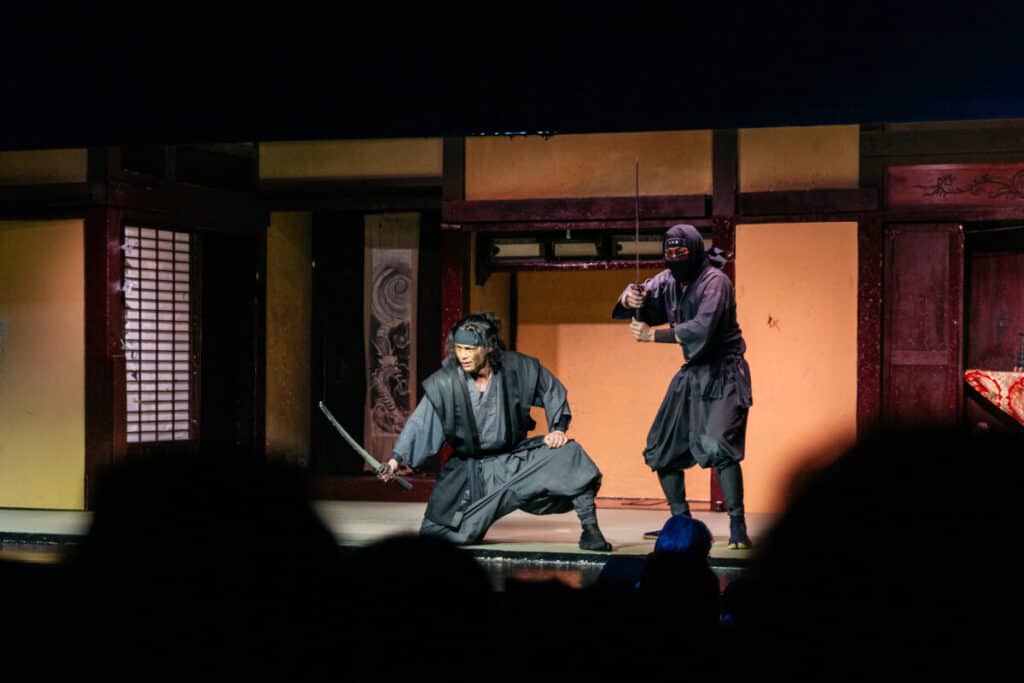
Kids Ninja Village In Nagano Official Website
The village is nestled within a beautiful forest, where you can explore a myriad of fun activities and obstacle courses.
You are transported back to a time where you would have to overcome some physical and mental obstacles in order to become a ninja.
Togakure Ninpo Museum
If you want to learn more about the history and the stories behind ninjas, you will want to visit the Togakure Ninpo Museum after exploring the Kids Ninja Village.
The history surrounding the ninja and its prominence in Nagano is quite interesting.
The founder of the Togakure Ninja School was a warrior from Nagano who went to Iga, the base of where ninjas trained and learned the art of how to fight like a ninja.
Togakura Ninpo Museum Official Website
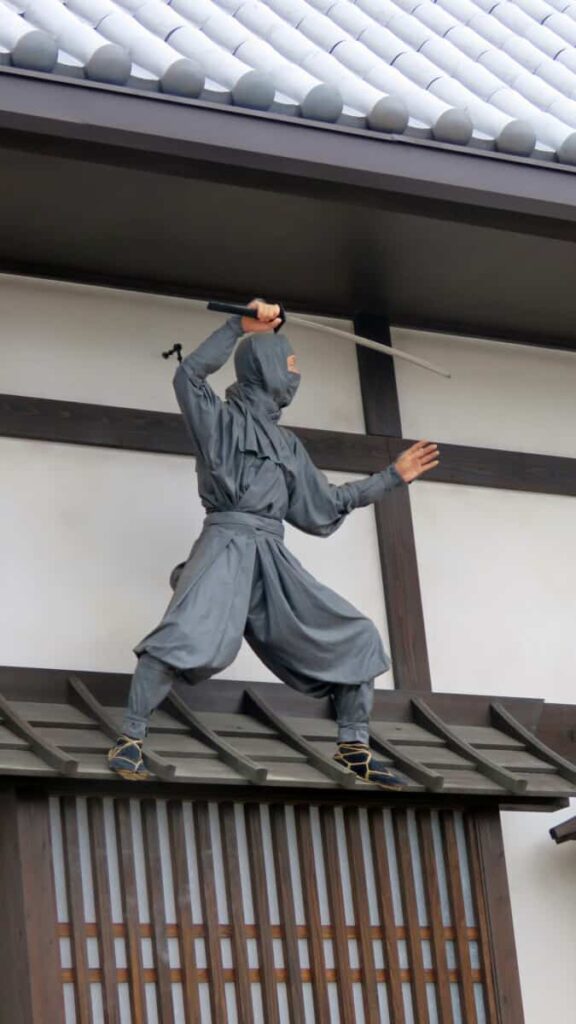
He brought everything he learned back to Nagano and started his own school.
You can learn so much more about ninjas, as well as see some of the weapons they use, and go through a fascinating maze filled with secret doors and passages.
You also have the opportunity to try your hand at throwing some ninja stars.
Toyono Spa Ringonoyu (Apple Bath)
This unique spa features an onsen, or a Japanese bath, filled with apples. The apples come from the apple garden where the spa is located.
Toyono Spa Ringonoyu Onsen Official Website
The onsen has a lot of healing and skin-nourishing properties that offer a relaxing atmosphere. The onsen is often referred to as the hot water for beautiful skin, given that the calcium and sodium ions are known for softening the skin.
Gyokushoin
If you’re looking for an immersive place to stay while in Nagano City, you will want to check out Gyokushoin. Not only is the lodging in a beautiful area, but there are so many things to see and learn during your stay.
It’s a unique opportunity to learn about Japanese spiritualism and participate in some transformative spiritual experiences.
Some of the activities you can participate in while staying at the Gyokushoin include zen meditation, rosary making, and enjoying a variety of delicious cuisine.
Matsushiro
Exploring Matshushiro takes you a little bit outside of the core of Nagano City, to a beautiful natural area housing Nanago’s samurai town. The Sanado clan of samurai came to this area in the 17th century.
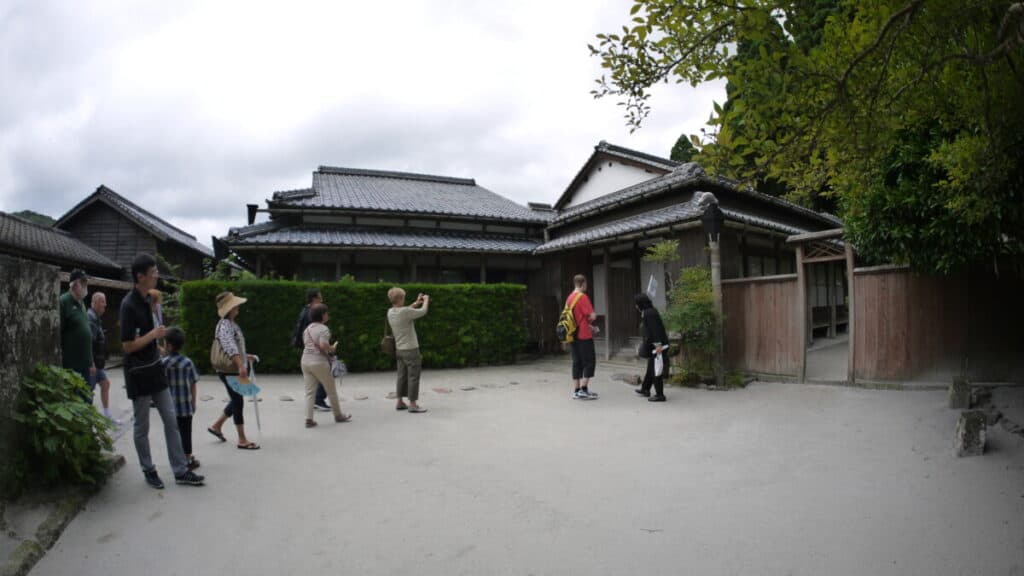
There are a plethora of museums and shrines you can explore in this area to learn a lot about the history of samurai.
Interestingly enough, one of the main features of this area is the Zozan Imperial Wartime Tunnels, which started construction during World War II but were not finished before the war ended.
This area was to be an escape for the Japanese Imperial family, but wasn’t needed. Tourists can explore these tunnels today.
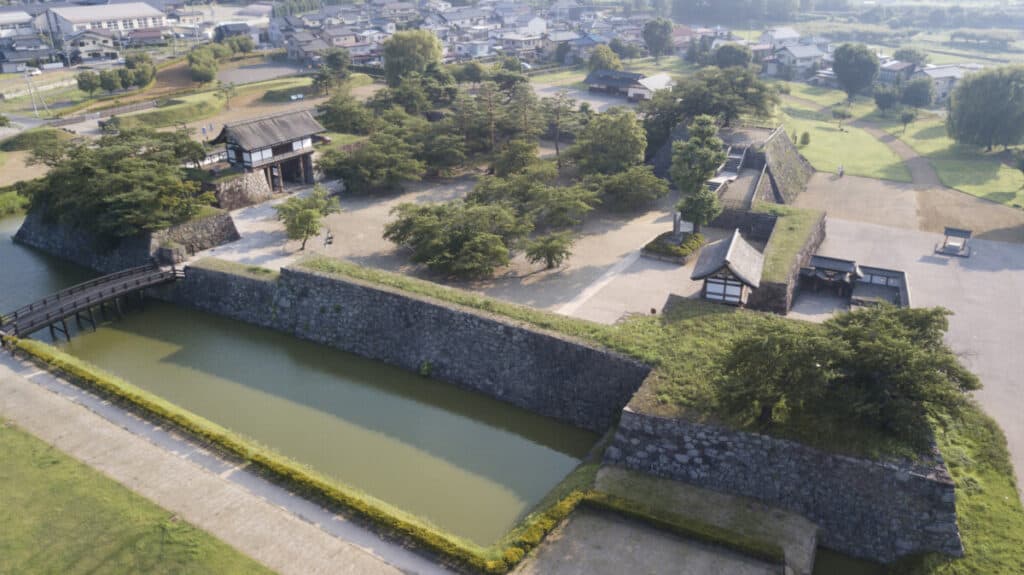
Matsushiro Castle Park Official Website
There is also the Matsushiro Castle Park, where you can explore the castle and admire the stunning cherry blossom trees. You can also stay in the Matsushiro area and enjoy exploring all sorts of educational attractions.

